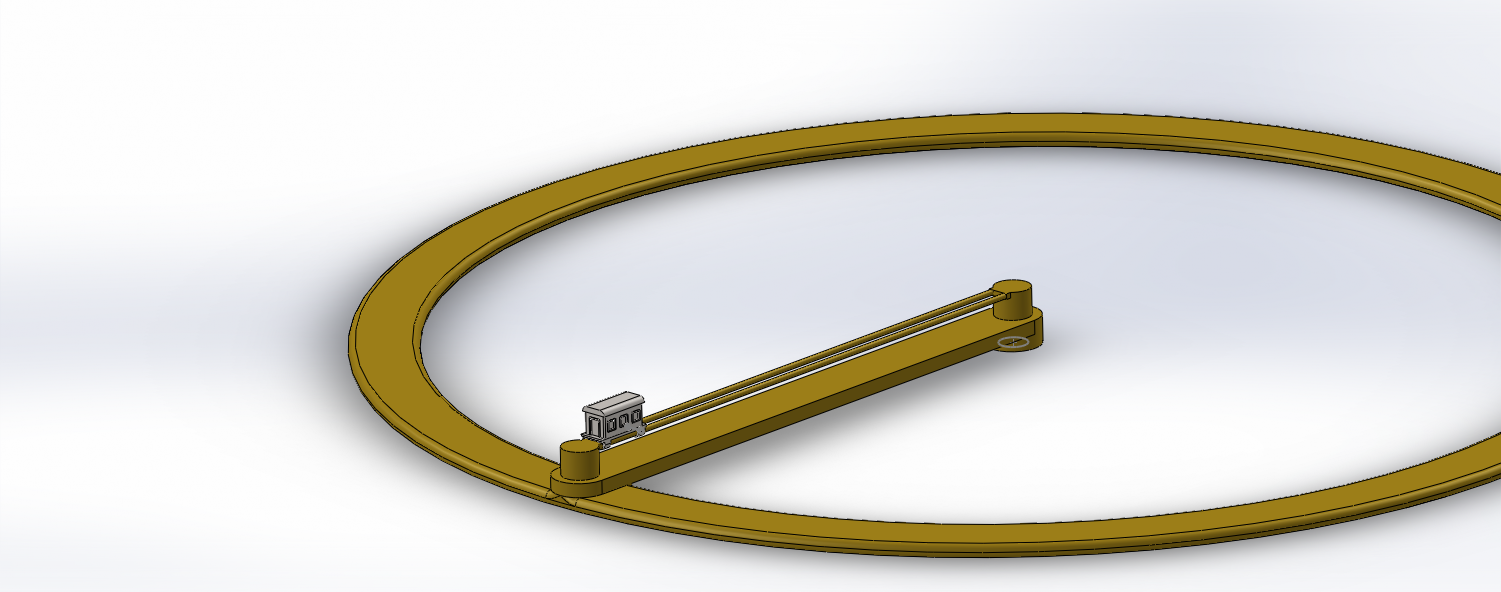Question: If aboard a train being driven along a track by centripetal force, would it feel the same as if you were on a regular straight track?
I hope this isn't subjective, I think there is a right or wrong answer here. Either it does feel similiar or it doesn't so hopefully this question isn't closed. I don't see it as an opinion based answer.
I recently did a little khan academy course because I wanted to understand the physics of centripetal force. I was a little unsure of some things so I devised this thought experiment to help me clear things up in my own head. I was hoping you fine folks might be able to help clarify a few things for me.
The Scenario:
You board a train cart, sit down and make yourself comfortable inside your carriage. This train is special because it doesn't have an engine, the carriage is driven along a rail sitting on a rotating plane, your carriage starts close to the axis of rotation and is pushed towards the edge of the plane and away from the rotating center axis by centripetal forces. A lot like being inside a centrifuge!
Details:
Now I know as your radius changes the centripetal force changes, so the speed of our train changes as given by the formula: Centripetal force = mass x velocity^2 / radius. Constant acceleration/deceleration isn't good for passengers so for this scenario were going to presume the rpm of the plane is being altered to induce a generally constant speed like a normal train.
The track in the picture is a little short so please use your imagination to extend it, it's just to get the general idea across.
What I don't understand:
What I'd like to know, is once the train is at it's correct speed and my body has caught up to that speed, could I hypothethically get up and walk around on the train like a person would in a normal train or passenger plane, drink a cup of tea or go to the bathroom. Because I'm moving forward I'm not dealing with the forces imposed by centripetal forces, that's an asuumption I'm making which I presume is correct but what I'm not sure about is because the angle of my velocity vector is changing constantly (The direction I would fly off in if were to jump of the train.) does my body have to be for lack of a better word consistently updated by the carriage, pinning me against the train window at a suffiently high rpm? I don't know if that force is there or not. So the real question can I have a cup of tea on board or not?


